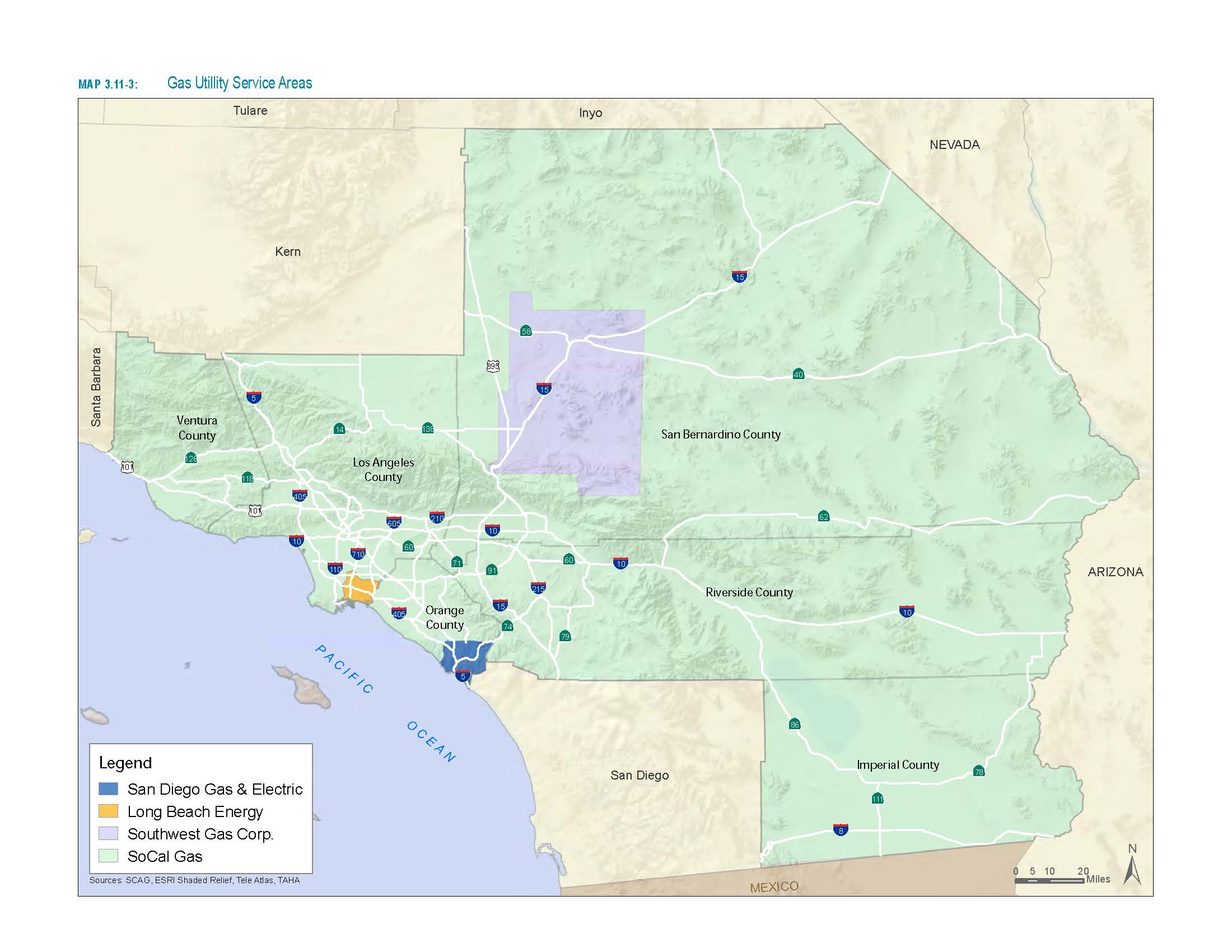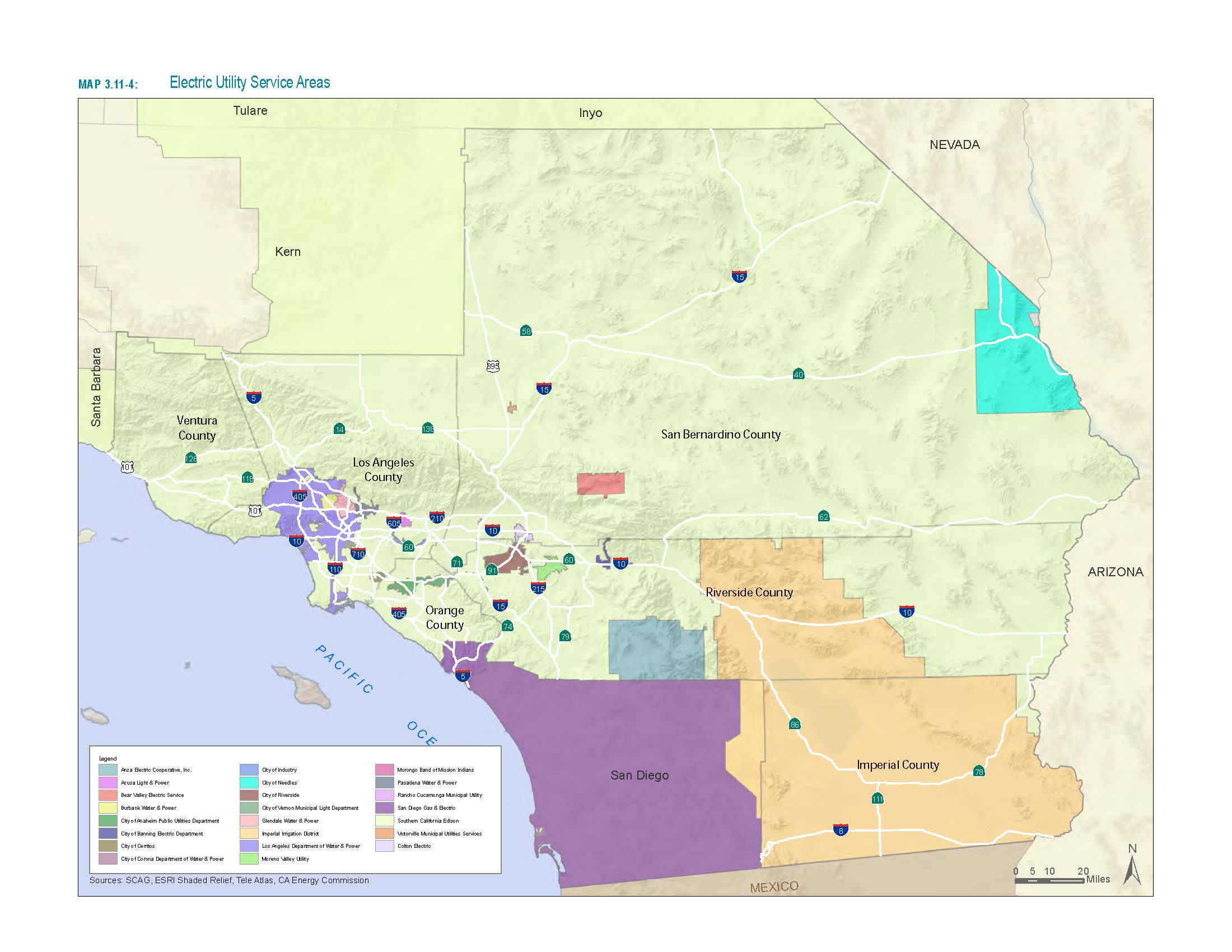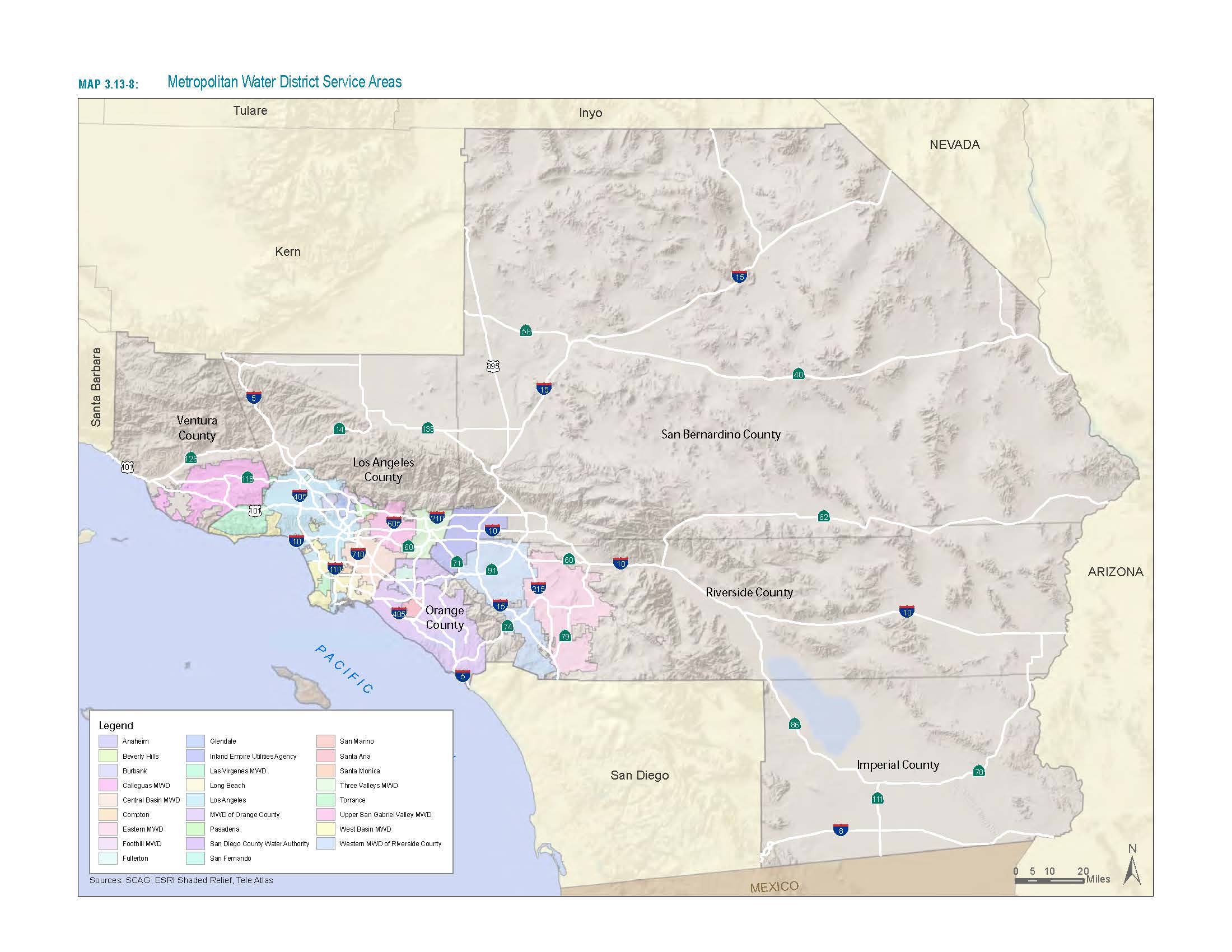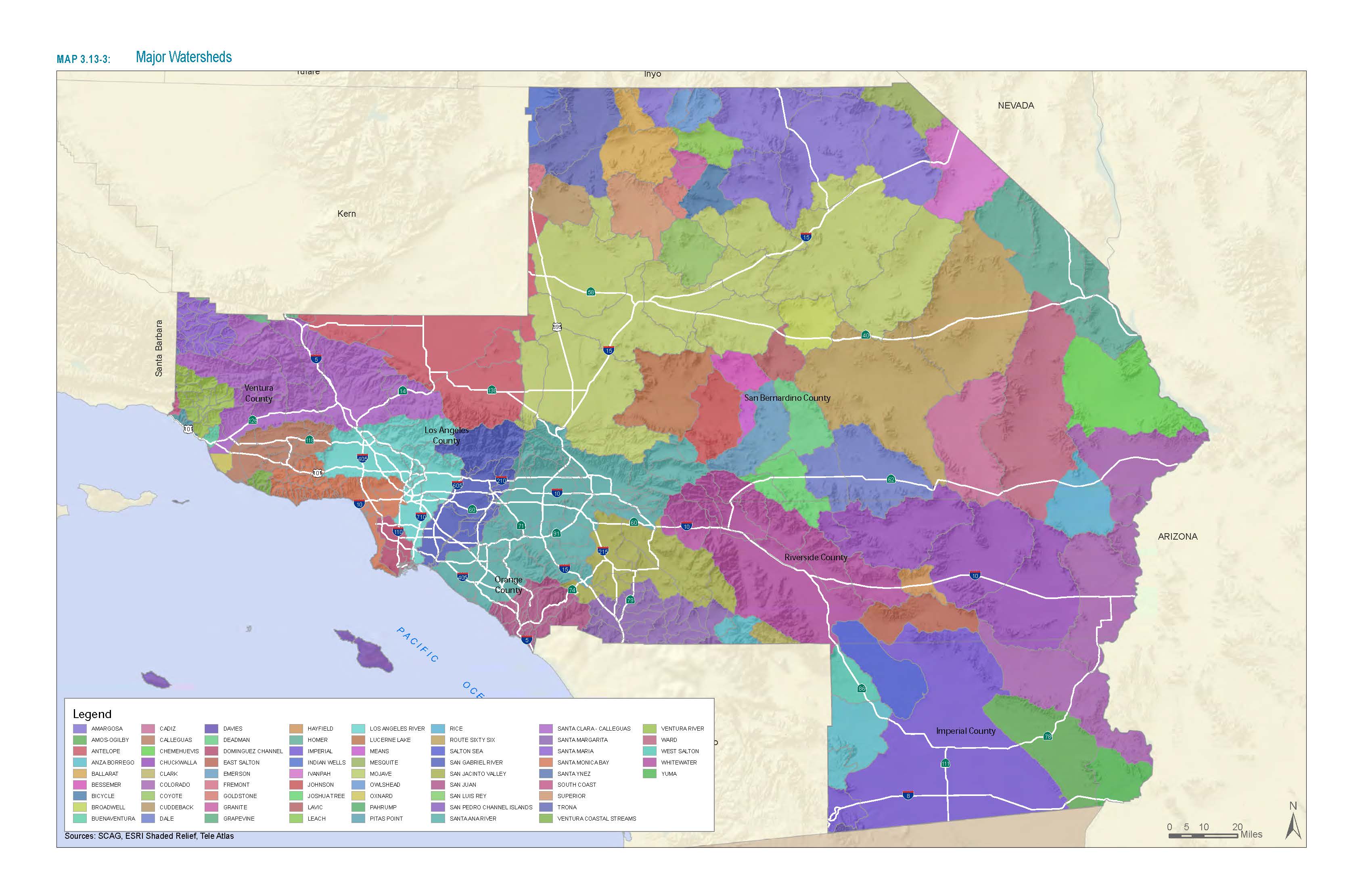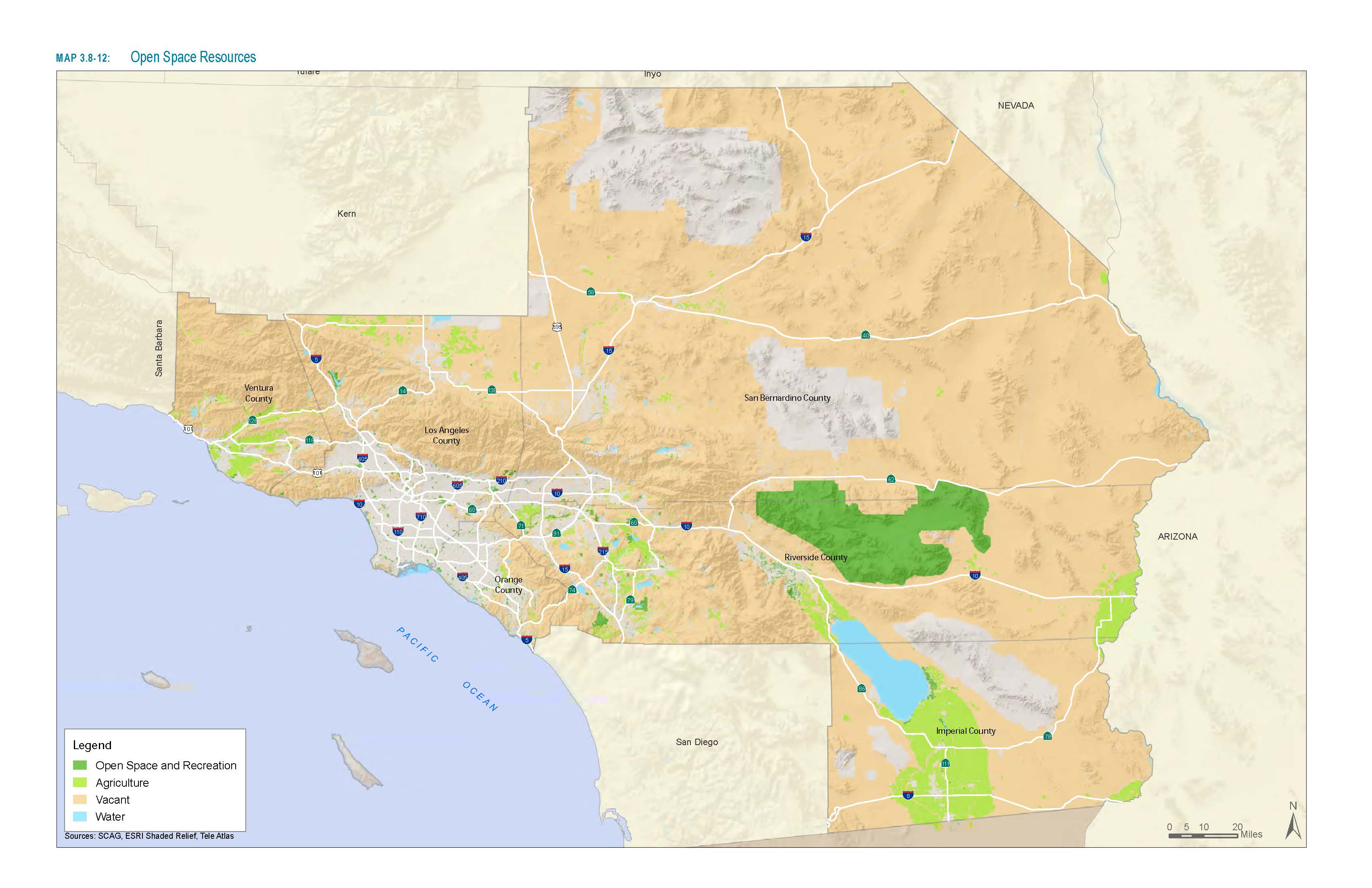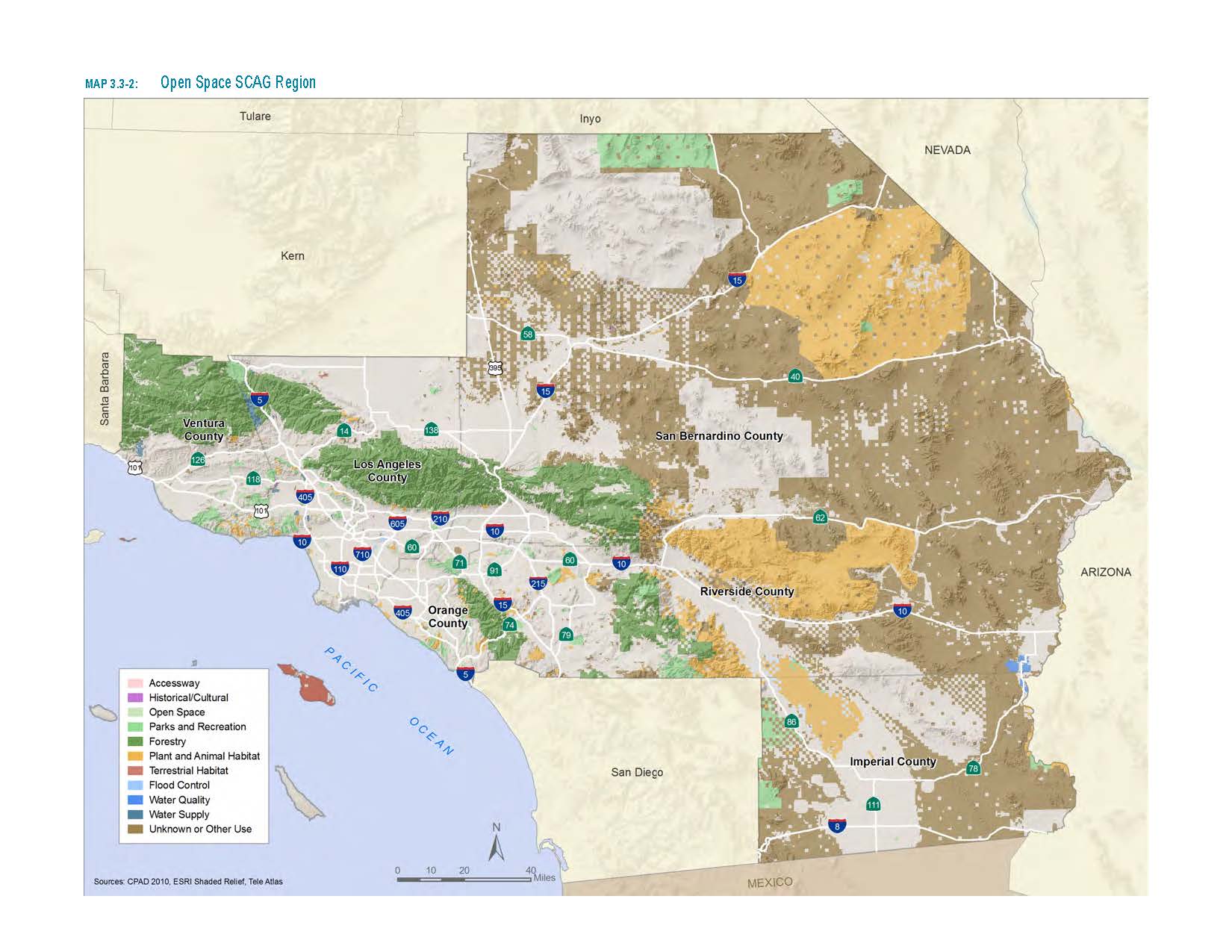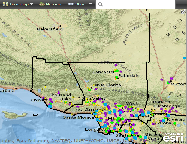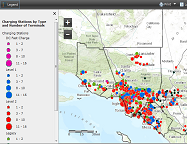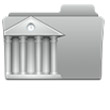Our Work
- Connect SoCal
- Inclusion, Diversity, Equity & Awareness
- Programs & Projects
- Housing
- Economy & Demography
- Federal & State Compliance
- Sustainability
- Transportation
- Active Transportation
- Aviation Program
- Regional Pilot Initiatives Program
- The Future Communities Initiative
- Transportation Demand Management
- Transit Program
- FreightWorks
- Passenger Rail Program
- Corridor Planning
- Transportation Safety
- Transportation Finance
- Intelligent Transportation Systems
- Southern California Transportation Study
- Local Resources
- Funding & Programming
- Legislation & Advocacy
- Publications & Reports
Sustainability Resources
Welcome to the SCAG Sustainability Program Document Library.
Online tools for Sustainability initiatives.
Carbon Calculator
This tool is not compatible with Internet Explorer 8.0 and below. Calculate the impact you are making on the climate with the Carbon Calculator at CoolCalifornia.org. Driving, energy and water usage, how you shop, and manage waste disposal are all included when calculating your carbon footprint.
Find Your Area’s Solar Potential
This tool is not compatible with Android and IOS mobile browsers. A comprehensive database of solar incentives available throughout greater Los Angeles, including a listing of solar industry jobs available in the region. Also find an LA County Solar Map widget that can be embedded on any blog or website.
CalAdapt
The information available on CalAdapt offers a view of how climate change might affect California at the local level. Work with visualization tools, access data, and participate in community sharing.
Sea Level Rise Analysis by Climate Central
This maps charts the threat from storm surge and sea level rise for all coastal communities in the Lower 48.
Documents
Welcome to the SCAG Sustainability Portal Document Library. Here you can browse filter and sort documents related to Sustainability.
CoolClimate Network
The CoolClimate Network (CCN), as part of UC Berkeley’s Renewable and Appropriate Energy Laboratory (RAEL), researches carbon footprint mitigation and offers a host of carbon management tools designed for individuals, businesses and government resources.
USGS Wind Turbine Interactive Mapping Tool
The USGS has created this publicly available national dataset and interactive mapping application of wind turbines.
California Sustainability Research Hub
The CA Sustainability Research Hub is an online searchable database that increases access to California state-funded sustainable communities research and enables users to view CARB, CEC, and Caltrans reports in one place.
The Green Roads Map
The Environmental Defense Fund’s Green Roads Map, plots the companies demonstrating how clean transportation policies help rather than hurt the growth of the clean transportation sector in the California. In addition to the interactive map, an Excel version of the company list is also available for download.
LA Energy Atlas
The Energy Atlas provides detailed information from the building energy sector. ICF International prepared community GHG emissions inventories on behalf of Los Angeles County (LA County) and the Los Angeles Regional Collaborative (LARC) for the year 2010.
Various resource maps for the region can be found on this page. Scroll down to view our interactive maps which include the Southern California PEV Atlas and the SCAG edition of MapCollaborator for open space resources.
Sustainable Land Use (9)
Sustainble Energy (1)
Interactive Maps (6)
The Best Practices interactive regional map and database will track the programs, policies and projects that various jurisdictions have undertaken, that can serve as best practices for the regional sustainability.
The successful implementation of the RTP/SCS allows future residents to enjoy a better quality of life than we do today, including the ability to lead a healthy and prosperous lifestyle, enjoy clean air and water, and ample opportunities for recreation. It will have direct and substantial benefits to public health by reducing pollutant emissions and expanding the opportunities for active transportation. It also demonstrates how we can transition from things we know to be unsustainable over the long term and beyond the term of the current RTP/SCS, such as reliance on fossil fuels, to new technologies and practices for the future.
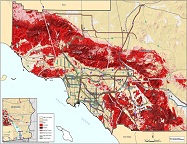 Green Region Initiative (GRI) – Sustainability Plans and Programs (by jurisdiction)
Green Region Initiative (GRI) – Sustainability Plans and Programs (by jurisdiction)
State Legislation/Regulations
Assembly Bill 32: Global Warming Solutions Act AB 32 requires California to lower greenhouse gas emissions to 1990 levels by 2020.
AB 32 Scoping Plan Approved by the Air Resources Board (2011), the Scoping Plan provides the outline for actions to reduce California’s GHG emissions, as required in AB32.
Assembly Bill 341: Mandatory Commercial Recycling Businesses and public entities that generate four cubic yards or more of waste per week and multifamily dwellings with five or more units are required to recycle.
Senate Bill 375 Sustainable Communities and Climate Protection Act Requires Air Resources Board to develop regional greenhouse gas emission reduction targets for passenger vehicles, for 2020 and 2035 for each of the State’s 18 Metropolitan Planning Organization regions.
Executive Order S-3-05 Established greenhouse gas emission reduction targets for California: By 2020, reduce GHG emissions to 1990 levels and By 2050, reduce GHG emissions to 80 percent below 1990 levels.
Cap-and-Trade Program A key component of AB32 that regulates major sources of GHG emissions in the State such as refineries, power plants, industrial facilities, and transportation fuels, through an enforceable GHG cap that will decline over time.
Prop 39: California Clean Jobs Energy Act Provides up to $550 million annually to the Clean Energy Job Creation Fund, for five fiscal years beginning with the 2013-14 fiscal year for various energy efficiency-related grant programs.
Assembly Bill 1358: Complete Streets Act Requires that when any county or city updates or revises their general plan’s circulation element, they include plans for multi-modal network. In December 2010, the Governor’s Office of Planning & Research, issued general plan update guidelines for implementing the provisions of AB 1358.
Local Legislation/Regulations
Learn about Clean Building Standards and Cal-Adapt.
2010 California Green Building Standards CalGreen Building Code - The nation’s first Green Building Code, with mandatory requirements for improving the sustainability of ALL building types.
CalAdapt - The Cal-Adapt Web site synthesizes California climate change scenarios and climate impact research, to encourage use of the data by local planners and decision-makers in local plans.
State Legislation/Regulations
Assembly Bill 32: Global Warming Solutions Act AB 32 requires California to lower greenhouse gas emissions to 1990 levels by 2020.
AB 32 Scoping Plan Approved by the Air Resources Board (2011), the Scoping Plan provides the outline for actions to reduce California’s GHG emissions, as required in AB32.
Assembly Bill 341: Mandatory Commercial Recycling Businesses and public entities that generate four cubic yards or more of waste per week and multifamily dwellings with five or more units are required to recycle.
Senate Bill 375 Sustainable Communities and Climate Protection Act Requires Air Resources Board to develop regional greenhouse gas emission reduction targets for passenger vehicles, for 2020 and 2035 for each of the State’s 18 Metropolitan Planning Organization regions.
Executive Order S-3-05 Established greenhouse gas emission reduction targets for California: By 2020, reduce GHG emissions to 1990 levels and By 2050, reduce GHG emissions to 80 percent below 1990 levels.
Cap-and-Trade Program A key component of AB32 that regulates major sources of GHG emissions in the State such as refineries, power plants, industrial facilities, and transportation fuels, through an enforceable GHG cap that will decline over time.
Prop 39: California Clean Jobs Energy Act Provides up to $550 million annually to the Clean Energy Job Creation Fund, for five fiscal years beginning with the 2013-14 fiscal year for various energy efficiency-related grant programs.
Assembly Bill 1358: Complete Streets Act Requires that when any county or city updates or revises their general plan’s circulation element, they include plans for multi-modal network. In December 2010, the Governor’s Office of Planning & Research, issued general plan update guidelines for implementing the provisions of AB 1358.
Local Legislation/Regulations
Learn about Clean Building Standards and Cal-Adapt.
2010 California Green Building Standards CalGreen Building Code - The nation’s first Green Building Code, with mandatory requirements for improving the sustainability of ALL building types.
CalAdapt - The Cal-Adapt Web site synthesizes California climate change scenarios and climate impact research, to encourage use of the data by local planners and decision-makers in local plans.

Various resource maps for the region can be found on this page. Scroll down to view our interactive maps which include the Southern California PEV Atlas and the SCAG edition of MapCollaborator for open space resources.

The Best Practices interactive regional map and database will track the programs, policies and projects that various jurisdictions have undertaken, that can serve as best practices for the regional sustainability.


